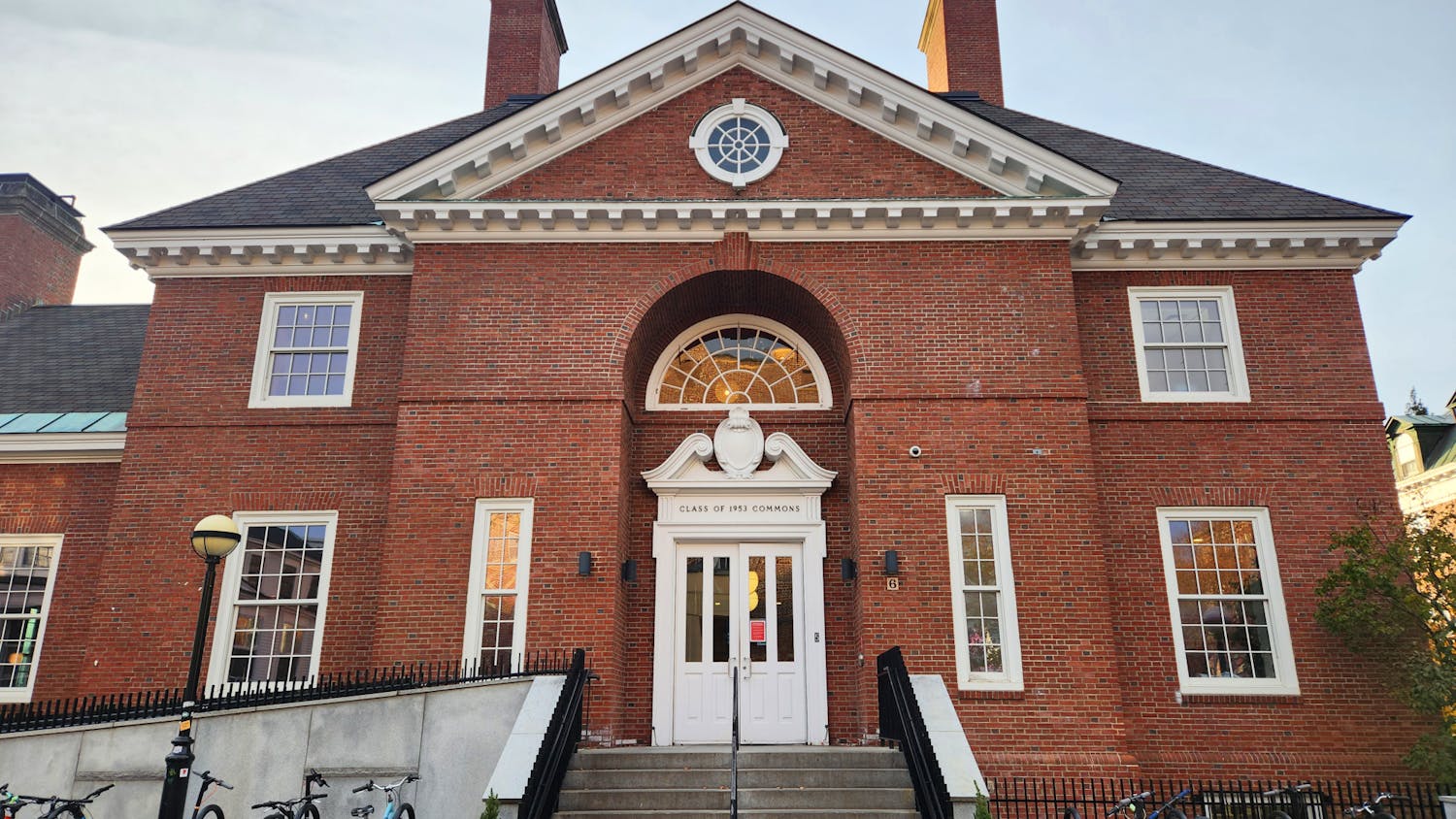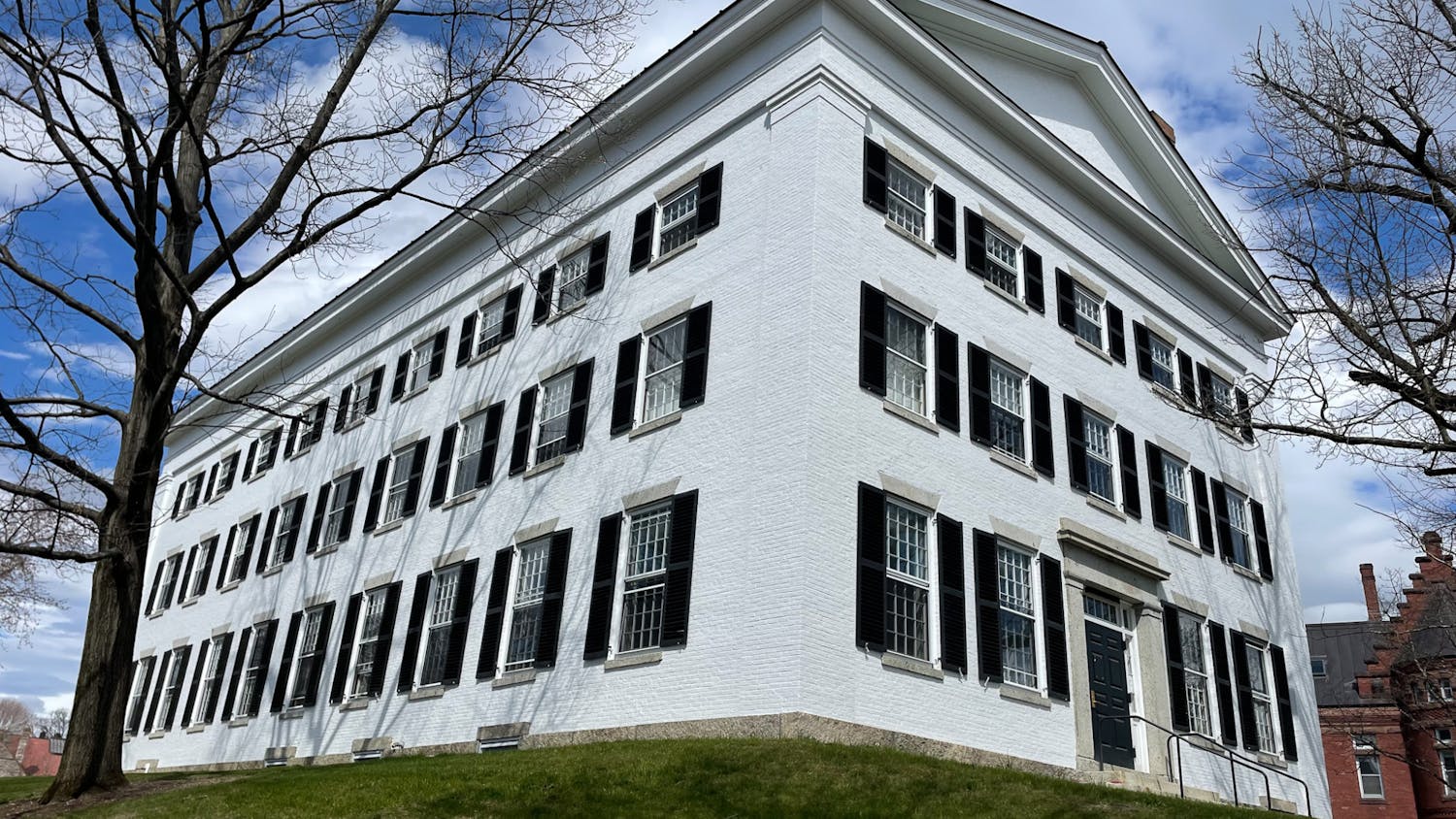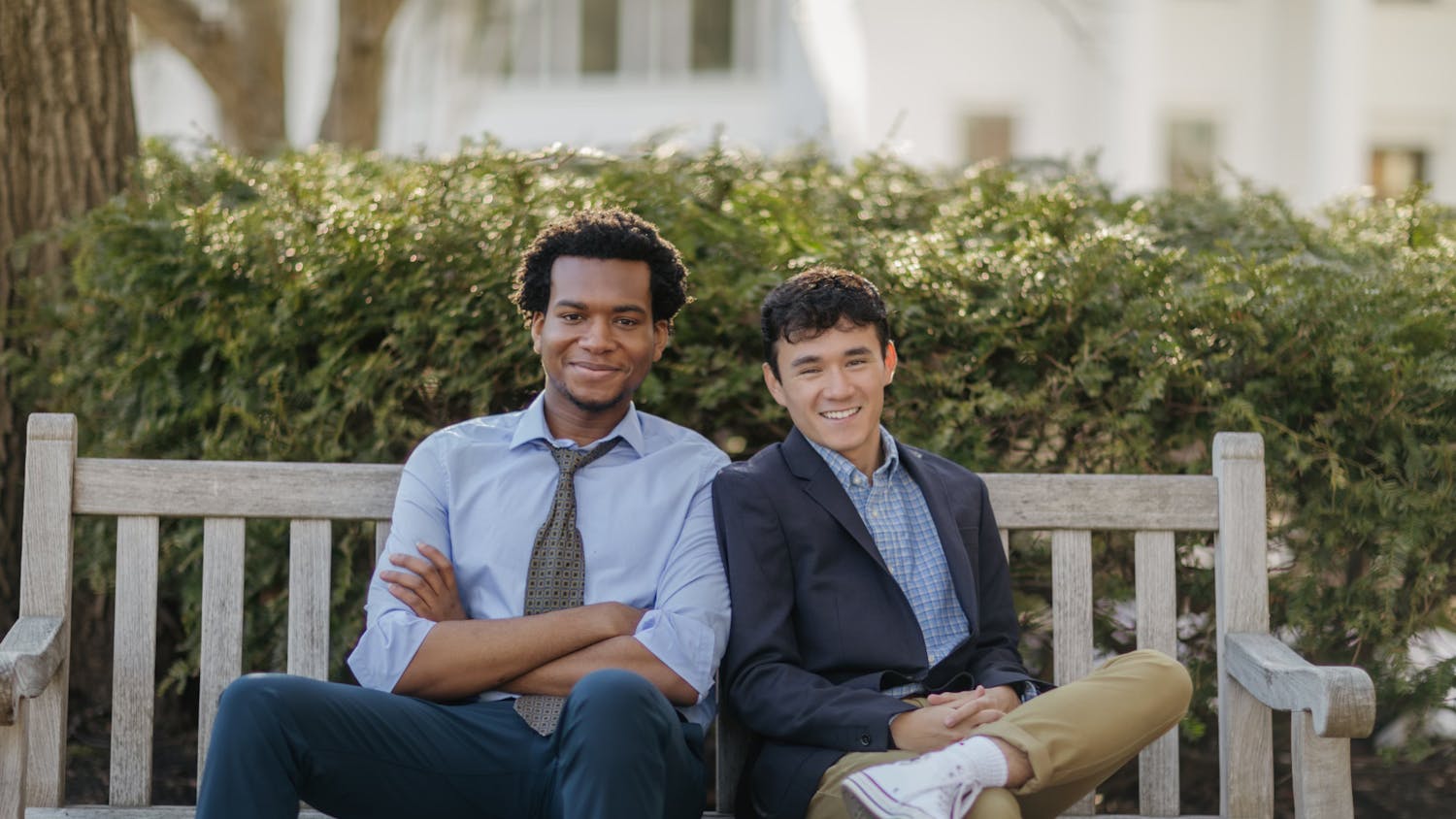Construction on a new building at the Thayer Engineering School may begin as early as 2017, vice president for campus planning and facilities Lisa Hogarty said. As part of the expansion process, which is also expected to include increases in faculty and course offerings, Wilson Architects is evaluating space needs and exploring potential designs and locations for a third building.
The Boston-based architecture firm began work on a design study report in July and will present the document to Thayer dean Joseph Helble, College President Phil Hanlon and other officials in January.
The school’s space needs will likely increase with planned enrollment and faculty growth. The number of undergraduate students at Thayer has soared in the past decade, from around 60 in 2004 to more than 100 in 2014.
“Right now, interest in engineering is higher than I have seen at any time in my professional career, and I don’t see that abating any time soon,” Helble said.
Hogarty and Helble said Thayer is considering several locations for a new building, which could be attached to the existing MacLean Center and Cummings Hall. Space immediately in front of the existing Thayer facilities would be too small, Hogarty said, but Thayer’s parking lot is a possibility, as are various areas to the north and west of Thayer’s existing buildings, which border the Tuck Business School.
The parking lot is the most obvious site, Helble said, though it would create a need for another parking facility elsewhere. Both Helble and Hogarty expressed a desire to keep Thayer’s campus compact.
Construction would ideally commence in 2017, Hogarty said, and would be slated for completion in 2019. Helble said timing will depend on funding.
The new building would likely consist of a mix of offices, laboratory space, classrooms, social spaces and design areas, similar to existing Thayer buildings.
“Part of what makes Thayer really special is that they have these mixed uses on every single floor,” Hogarty said.
There has already been some work on Thayer’s facilities, including a recent renovation to the machine shop.
Kayla Davidson Th’15 said the changes were beneficial to students, but said more lab and study spaces are needed for work outside the classroom.
Engineering professor and senior associate dean for academic affairs Ian Baker said that the expansion would have been unexpected even several years ago.
MacLean, a 64,000-square-foot addition, opened in 2006 and increased Thayer’s facilities by more than 60 percent.
Hanlon announced plans to expand Thayer in a November 2013 general faculty meeting.
Thayer also plans to expand its graduate and undergraduate course offerings and its research output, Helble said. While the creation of new tenured faculty posts would depend upon donations and financing, Thayer could as much as double its faculty size, he said.
“Even in the time I’ve been here, you can tell that Thayer is pretty much at max capacity in terms of classroom space and space for students to work together,” said Matt Bossart Th’15.
Helble said that Thayer will likely expand undergraduate offerings for those not majoring in engineering.
“I would like to see Dartmouth be the place where every student, regardless of major, has the chance to get a real hands-on engineering experience,” he said.



